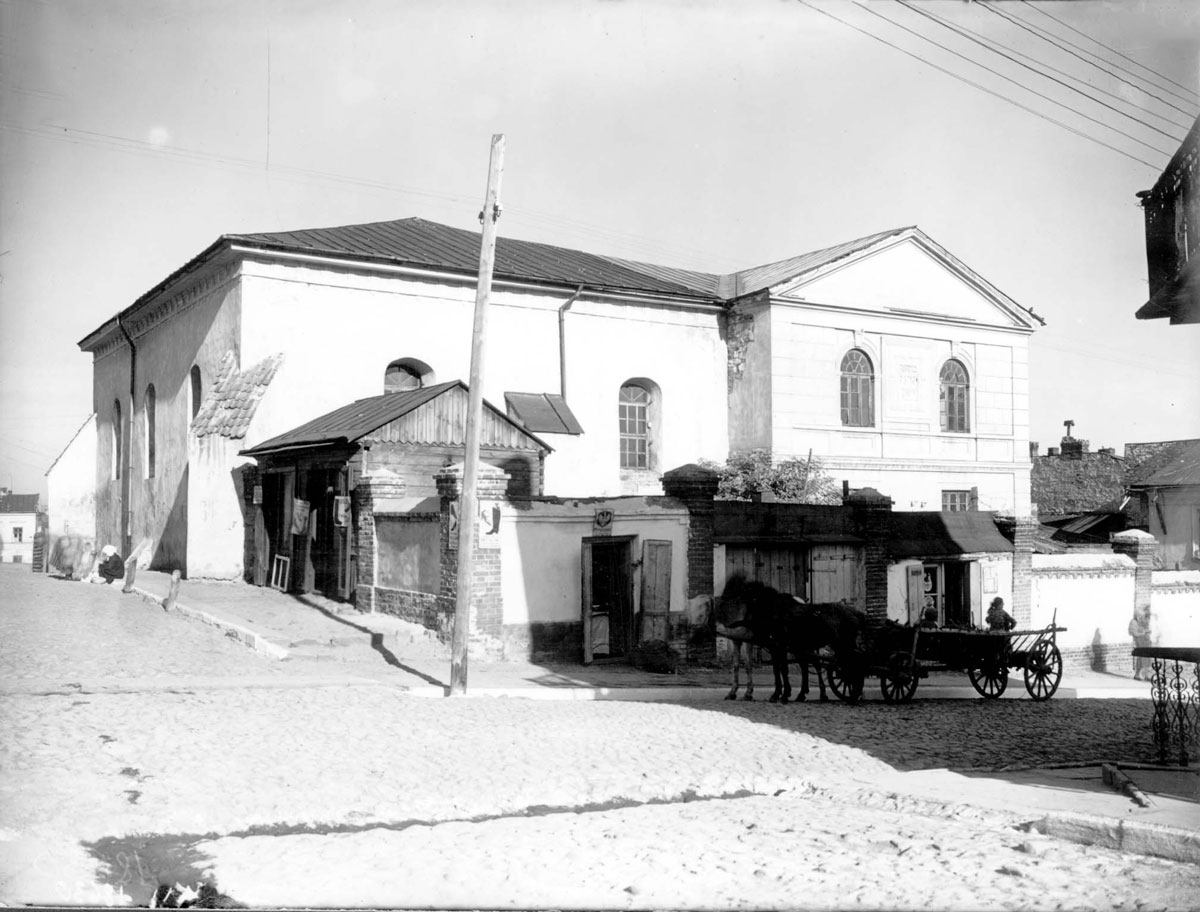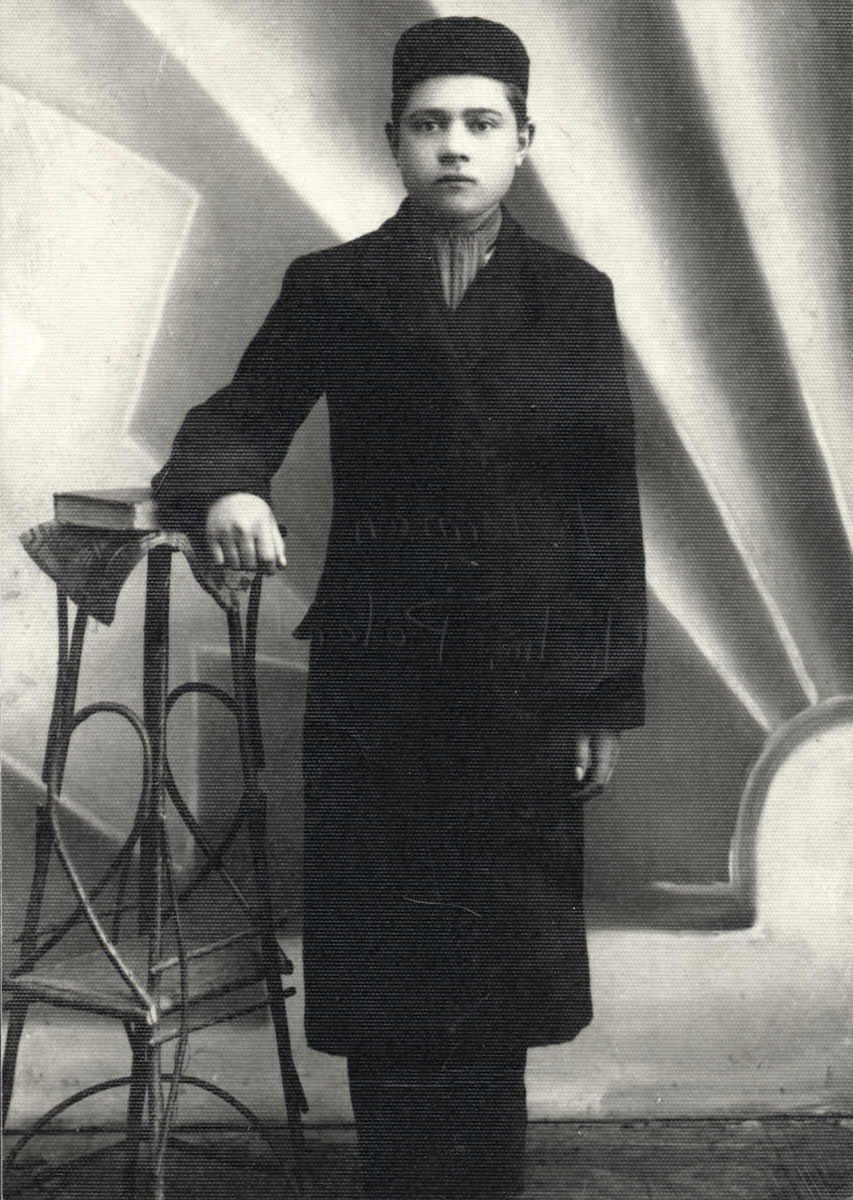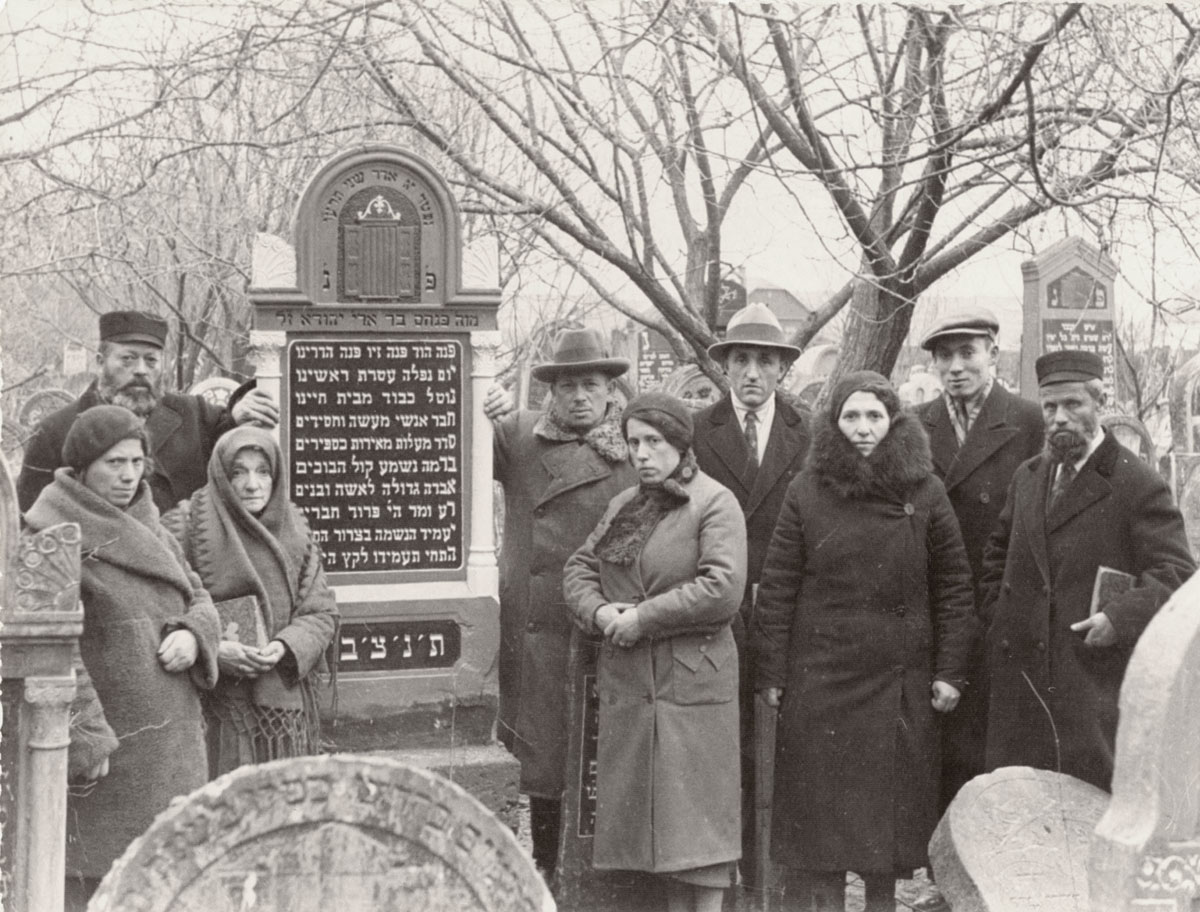Chełm was home to a branch of the TOZ (Towarzystwo Ochrony Zdrowia - Society for Safeguarding the Health of the Jewish Population), an organization founded in Poland in 1921. Several volunteer doctors were active in the Chełm branch of TOZ – they supervised the nutrition of the Jewish school children and provided them with vaccines against contagious diseases. The TOZ branch in Chełm continued to operate until it was disbanded by the Nazis during the Holocaust. In addition Chełm had a number of traditional mutual aid charitable foundations.
Yad Vashem Photo Archives 197BO6_
Two organizations, Leinat Tzedek and Bikur Cholim, helped in caring for the sick and the poor of the city. They provided medical equipment and drugs, as well as medical treatment and nursing care, thereby helping to alleviate the suffering of the poorer Jewish families. In some cases Leinat Tzedek also provided funds for housing and daily sustenance. The city was also home to organizations providing social welfare including a free loan society and a fund that helped women from poorer families to marry. Activists of the Women’s International Zionist Organization (WIZO) helped orphans and poor children in the city. Another institution was Beit Lechem, established by the Agudat Yisrael. Volunteers for Beit Lechem collected food from the Jewish community for redistribution to the needy.
Jewish children in Chełm studied in a variety of settings, among them the traditional heders, where religious lessons were taught in Yiddish, though Hebrew and Polish were also taught. Alongside the schools in Chełm that taught in Yiddish, there was also a public school that had been established by the Socialist parties Poalei Zion-Left and the Bund; this school provided students with Hebrew lessons as well as lessons on the geography of Eretz Israel (Mandatory Palestine). The school was supported by the donations of Jews who had emigrated from Chełm, settling primarily in North and South America.
Chełm was also home to other Jewish schools: a Jewish school that taught in Hebrew, and belonged to the "Tarbut" (culture) network; a Hebrew gymnasium (high school); and a Jewish gymnasium that taught in Polish. The latter had originally been a private school called the “Morgenstein Gymnasium” (after its founder). A short time after the establishment of this school, the Polish Ministry of Education recognized the institution and began supporting it financially. Subsequently the name of the school was changed to the “Kazimierz the Great Gymnasium” – named after Casimir (Kazimierz) III, a Polish king who had lived in the 14th century. Chełm was also home to a number of Yeshivot (Talmudic colleges). Some of the Jewish children, particularly girls, studied in the state-run Polish schools in Chełm. This state of affairs prompted the Agudat Yisrael to establish a religious school for girls.
The difficult financial situation at this time meant that many educational institutions were nearly closed more than once. Some, in fact, were indeed forced to cease operations for financial reasons. In 1932 the Jewish-Socialist public school was shut down, and three years later the Hebrew Gymnasium was also closed.
Chełm was home to a Jewish library and a Jewish sports club, and three newspapers in Yiddish were published there as well: the popular "Chełmer Stime" (The Voice of Chełm); the "Chełmer Volksblatt" (The Chełm’s People’s Leaflet), which was the paper published by the Socialist Poalei Zion-Left party; and the "Chełmer Wochenblatt" (The Weekly Periodical of Chełm), which was a popular non-partisan paper.
Chełm was home to an active Hassidic movement, and two of the city’s Rebbes – or Hassidic spiritual leaders – were the students of Yaakov Yitzchak, “The Seer of Lublin”, and Rabbi Elimelech Weisblum of Lizhensk. Nearly all the members of the Jewish community in Chełm belonged to the Hassidic movement in Judaism. The Chełm Hassidim themselves were members of different Hassidic sects, and each group had its own shtiebel - a place for prayer and Torah study. The last Rebbe of Chełm, Rabbi Israel Shmuel Najhojz, was murdered in the Holocaust.



